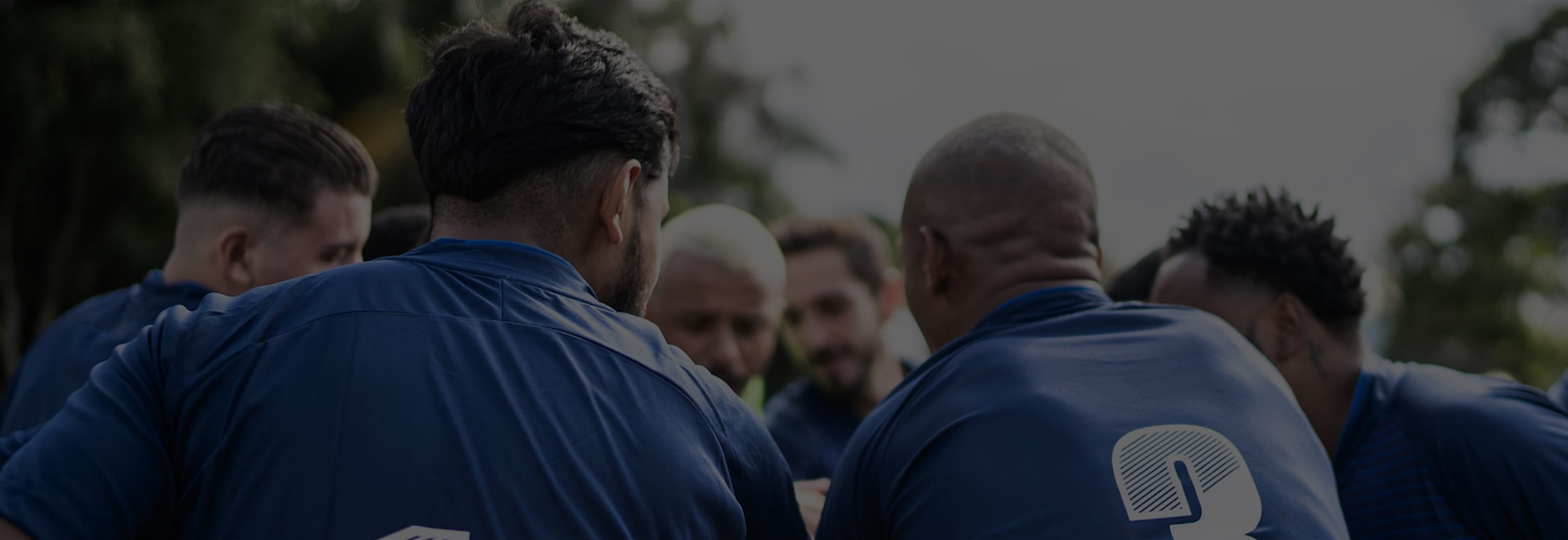Ganglion excision is a surgical procedure that involves the removal of a ganglion cyst, a fluid-filled sac that can sometimes develop near a joint or tendon.
Types of Ganglion Cysts
There are two main types of ganglion cysts: dorsal and volar. Dorsal ganglion cysts are located on the back of the wrist, while volar ganglion cysts are located on the palm side of the wrist. Both types of ganglion cysts can be painful and may interfere with joint movement. In addition to these two main types, ganglion cysts can also be classified based on their location and size. For example, a ganglion cyst that develops on the ankle is known as a tibial ganglion cyst, while one that develops on the foot is known as a plantar ganglion cyst.










